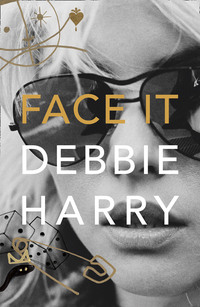
Полная версия
Face It: A Memoir
AFTER ROB ROTH HAD SENT ME ALL THE SCANS OF MY FAN ART collection, he drove off back to NYC in his white pickup truck. Rather him than me that day—I’d been tiring of my constant commutes to the city. We had been working on how best to reproduce and organize the drawings and paintings I’ve accumulated over all the years, while being Blondie or being in Blondie. I didn’t have a strong reason to save everything, but I couldn’t just abandon them. Mostly, I kept them all because I just like them. The sweet and insightful drawings, paintings, mosaics, dolls, and hand-drawn T-shirts (of which only one remains) have traveled with me on tours around the world, suffering flight delays and bad weather and surviving just like me, a bit frayed at the edges, but still intact.
I’ve moved about ten or eleven times over the years and am amazed that I’ve managed to hold on to my fan art collection for all that time. For a while, my files were stored in Chris’s basement studio down in Tribeca where they managed to survive a major flood of the Hudson River, followed by the destruction of the Twin Towers, which were only two blocks away. Now that I’ve written a memoir starting with my childhood, progressing through the years of Blondie almost to the present, I’m even more amazed.
I know some of the artwork is MIA and I’m hoping that more of it will emerge as I go through rediscovered boxes and files and whatever. My methods of preservation were at times pretty much catch-as-catch-can, so things turn up in unexpected places, like a series of surprise parties—which are always good for a little laugh. For many years I didn’t travel with a road or wardrobe case, which in later years has been the most useful way to keep these artifacts intact and safe. Sometimes I even wondered why I was doing what I was doing except that I just did it. Now the fan art collection is giving an added meaning to the title of my book, Face It . . .
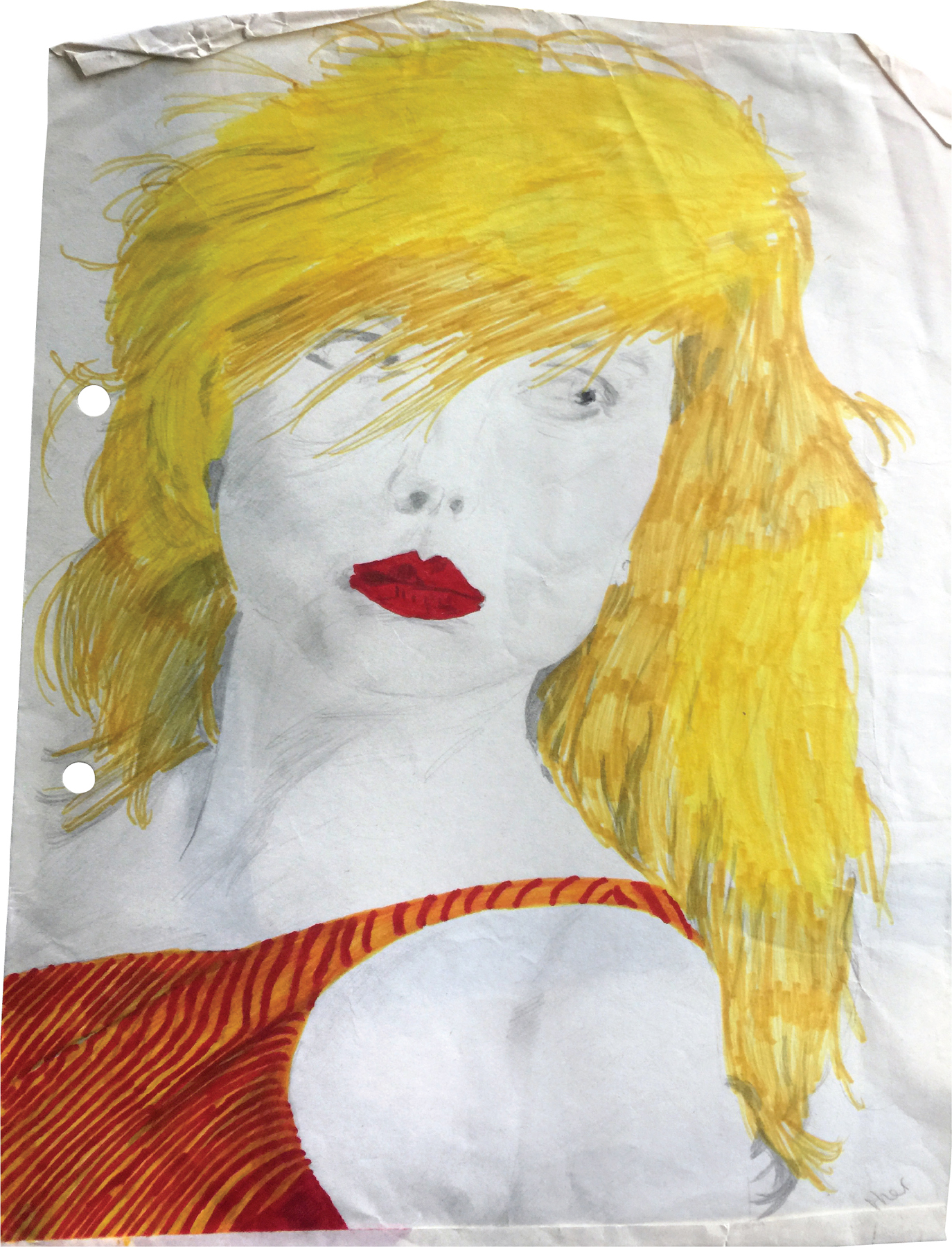
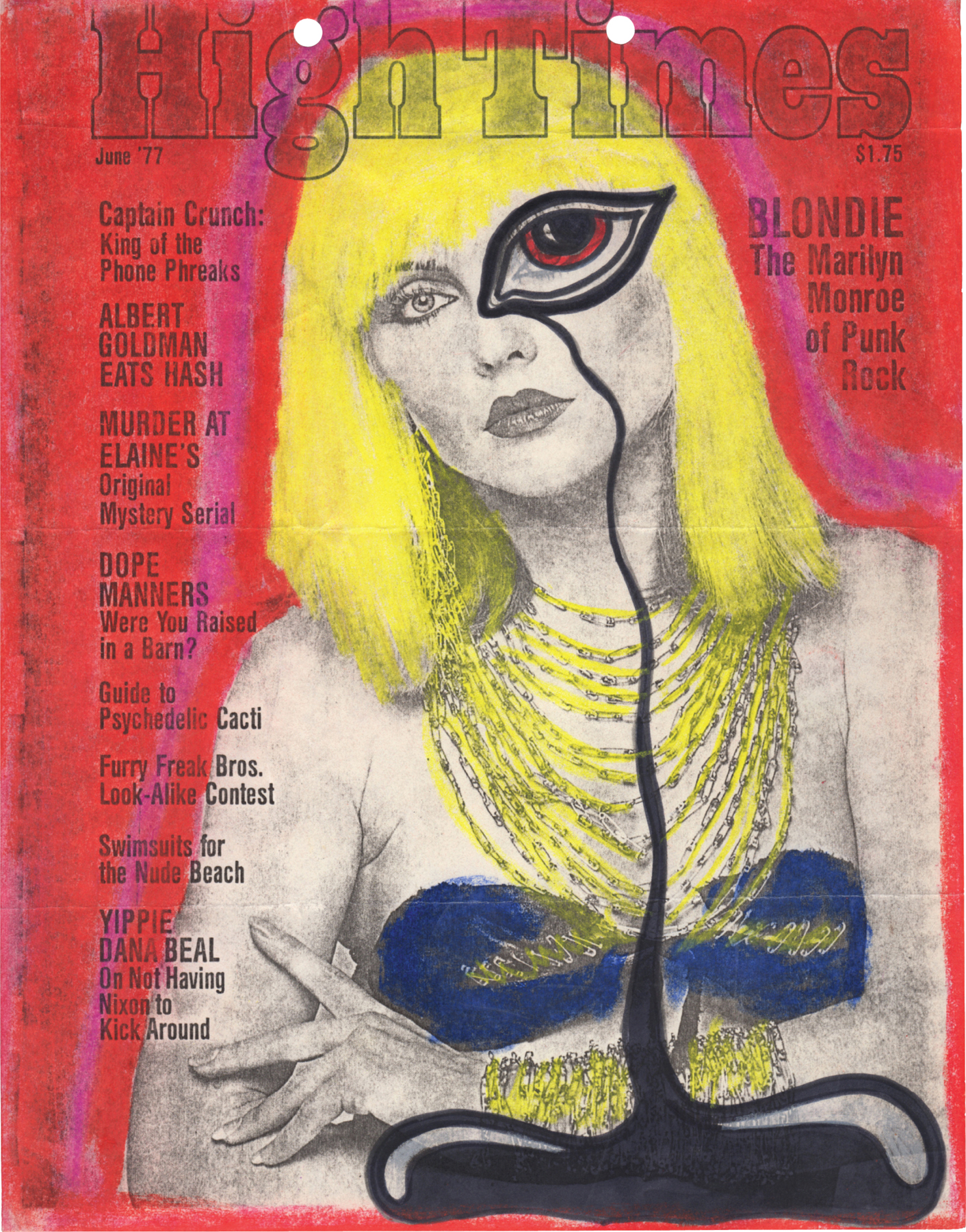
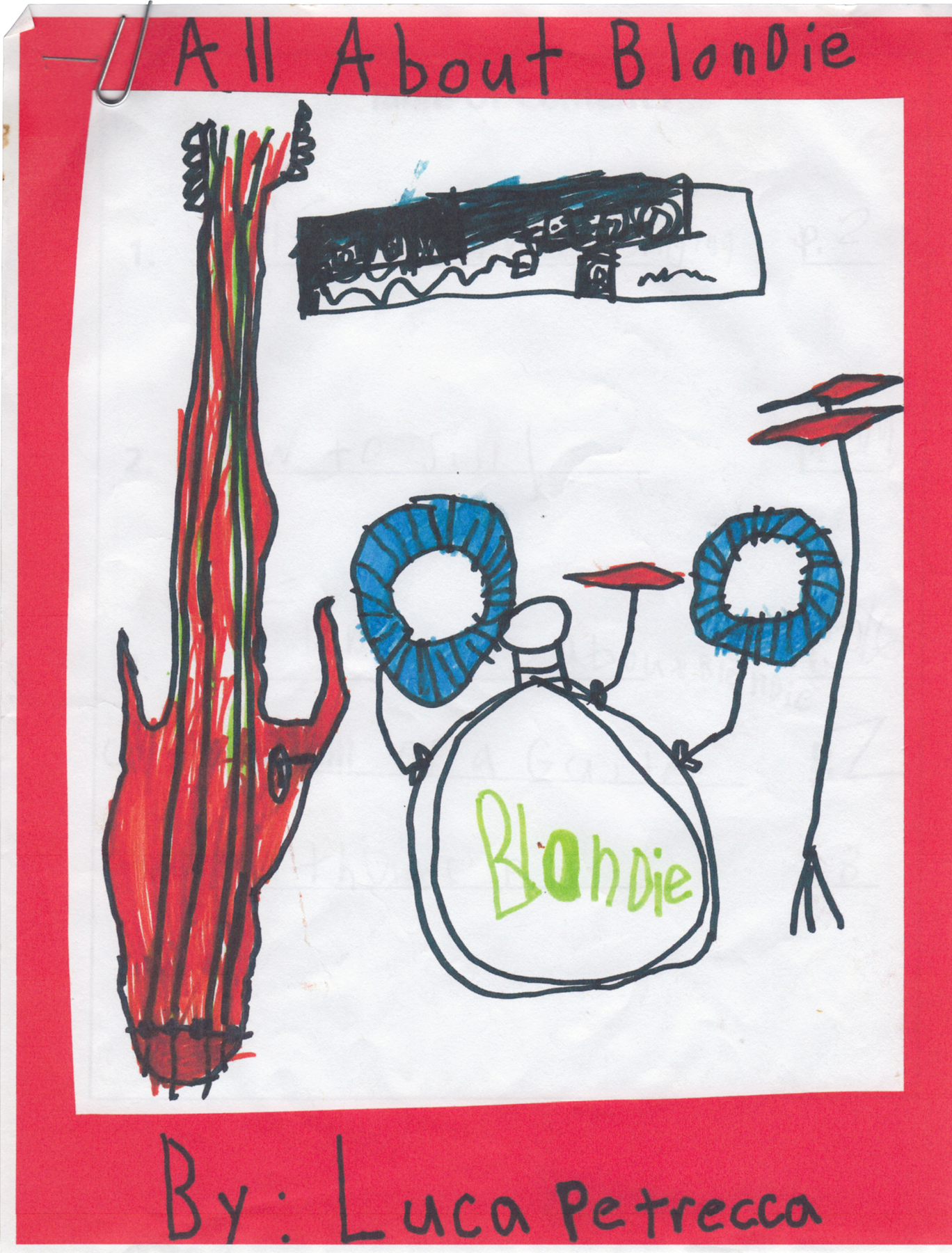
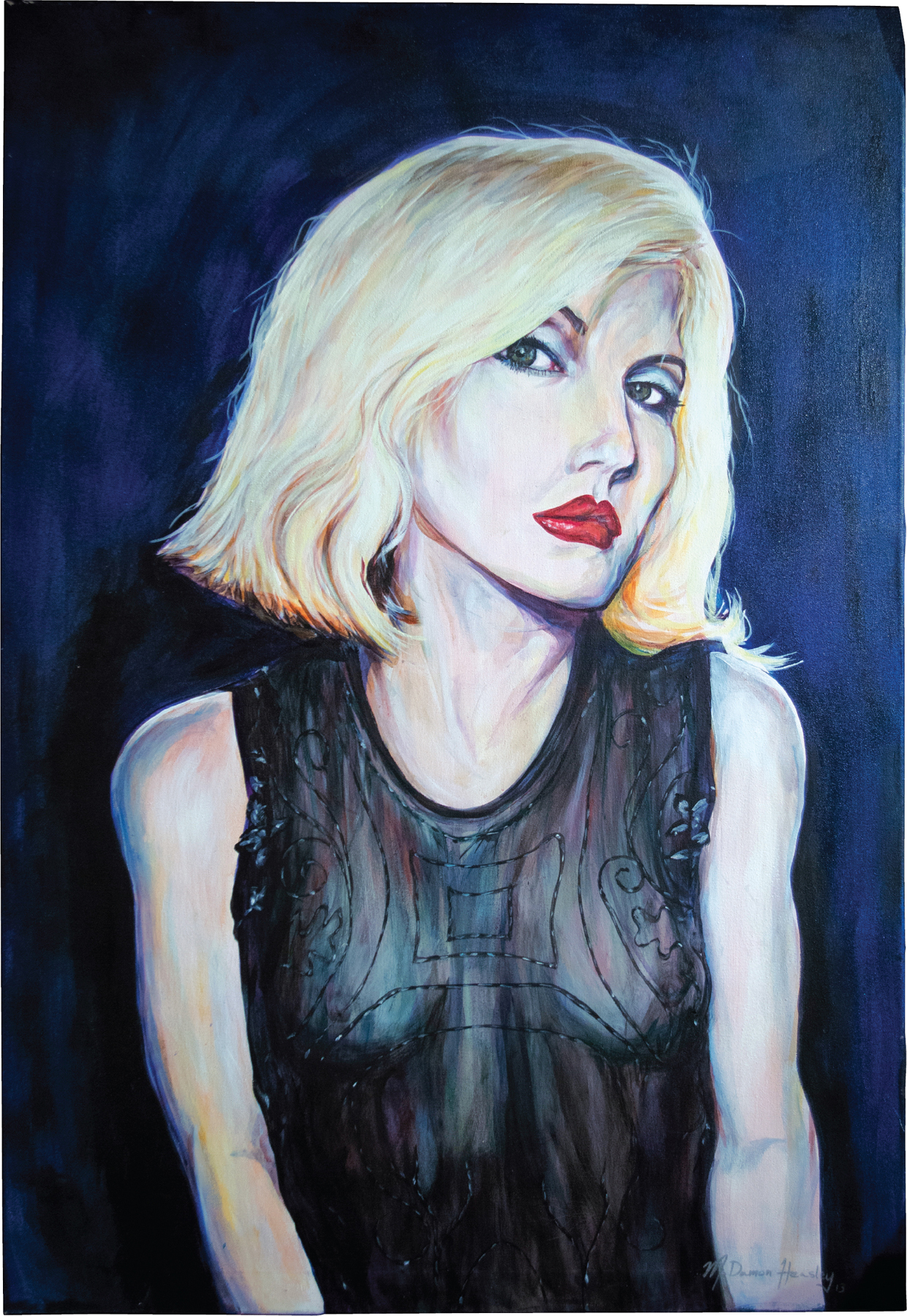
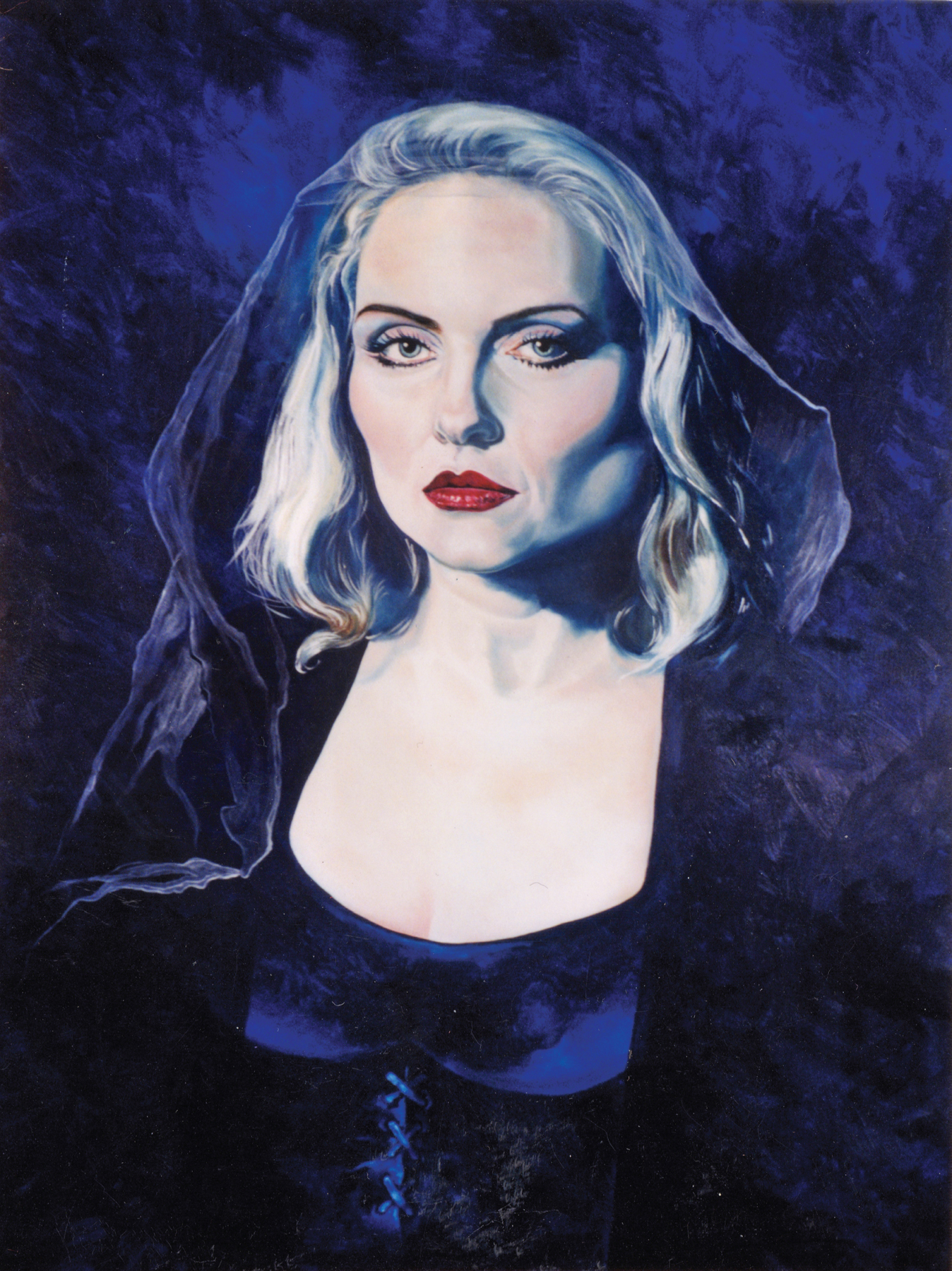
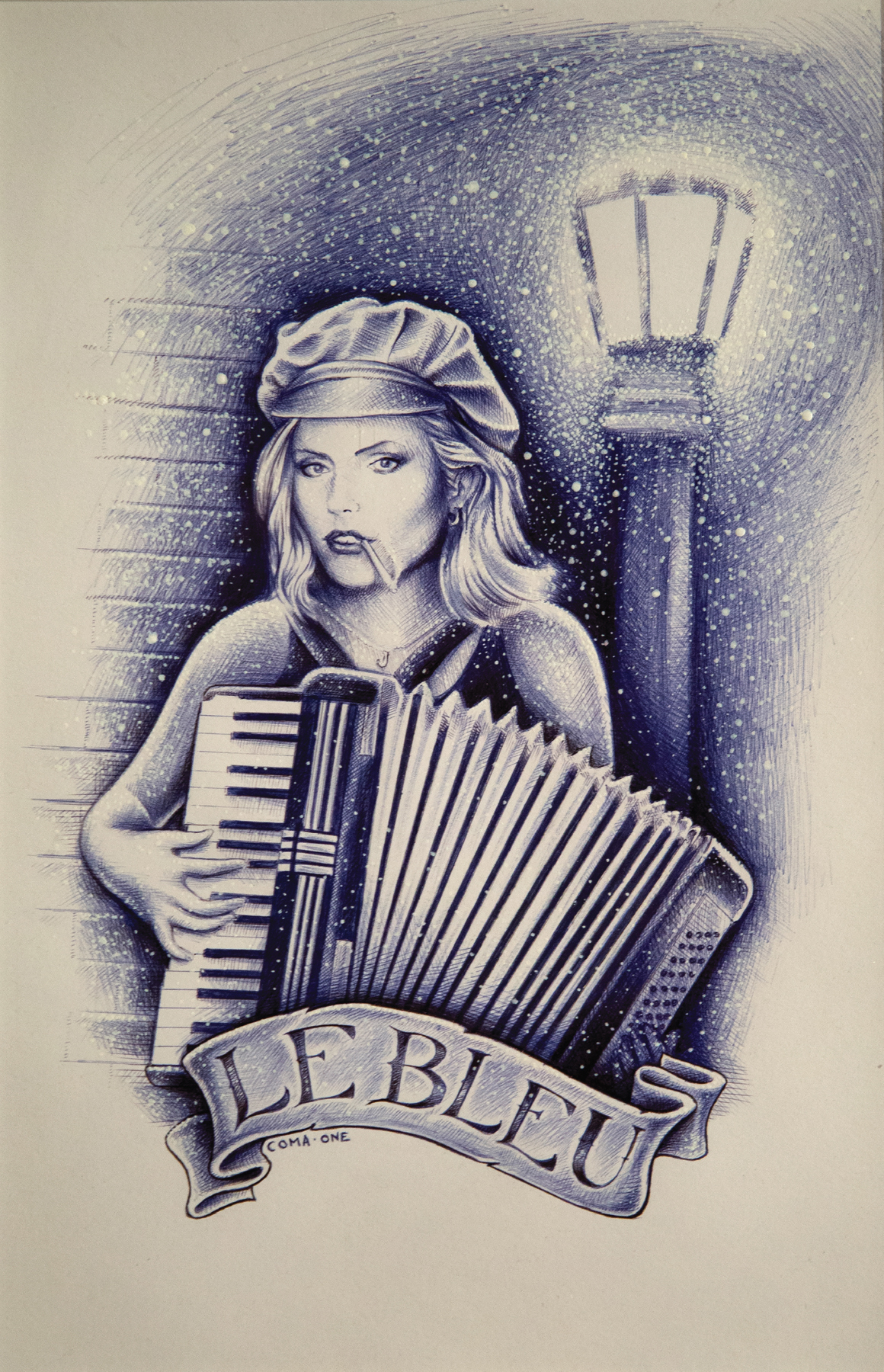
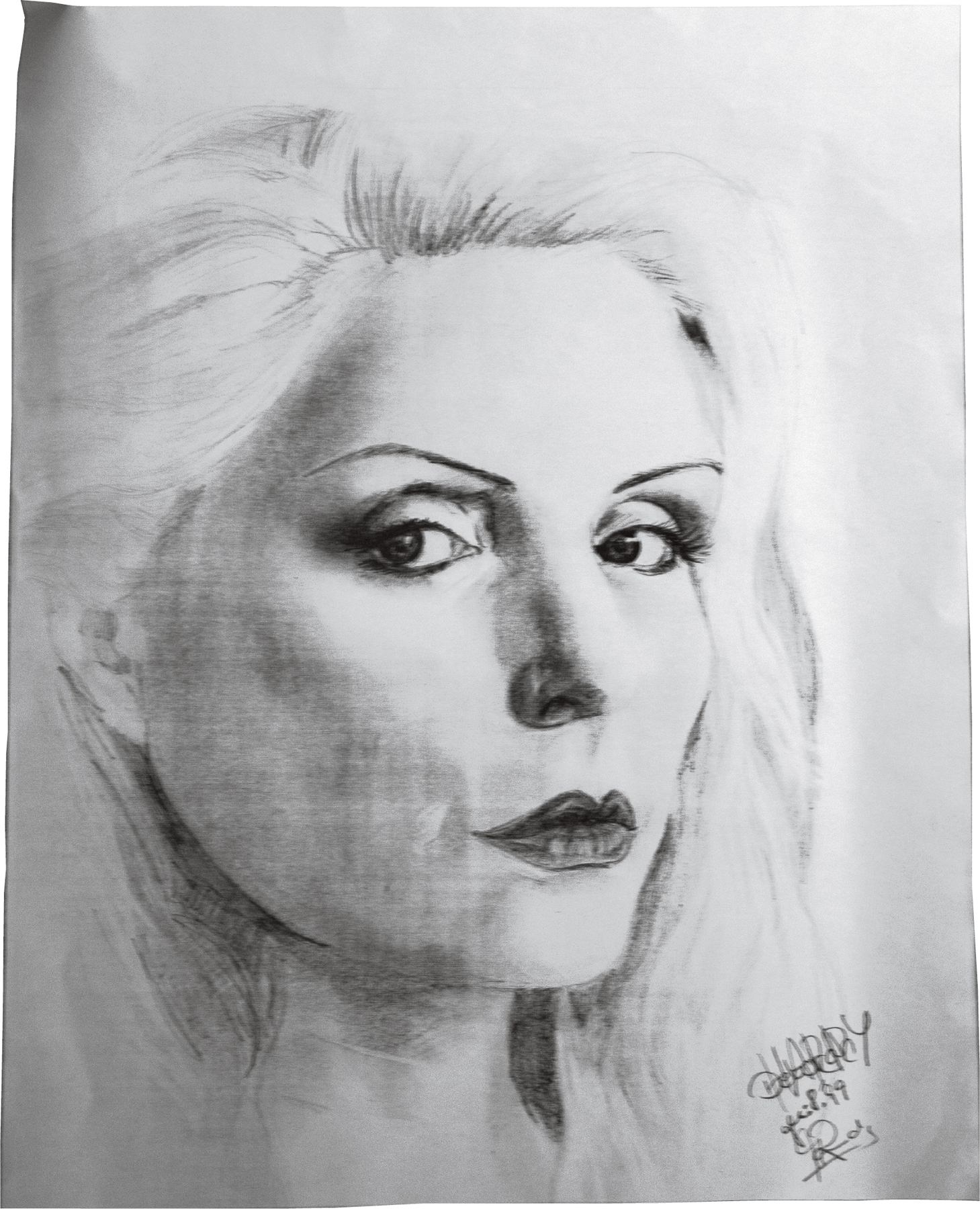
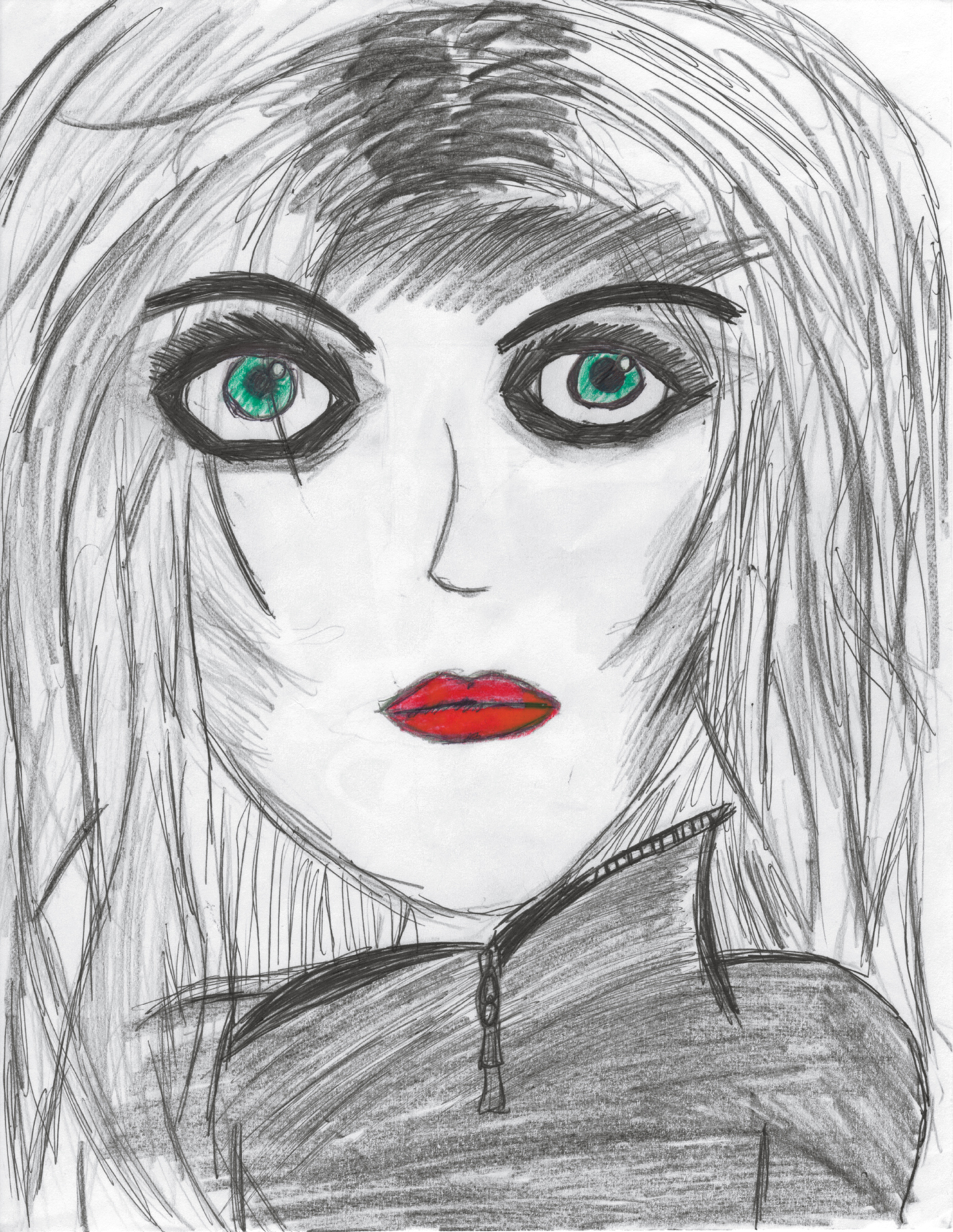
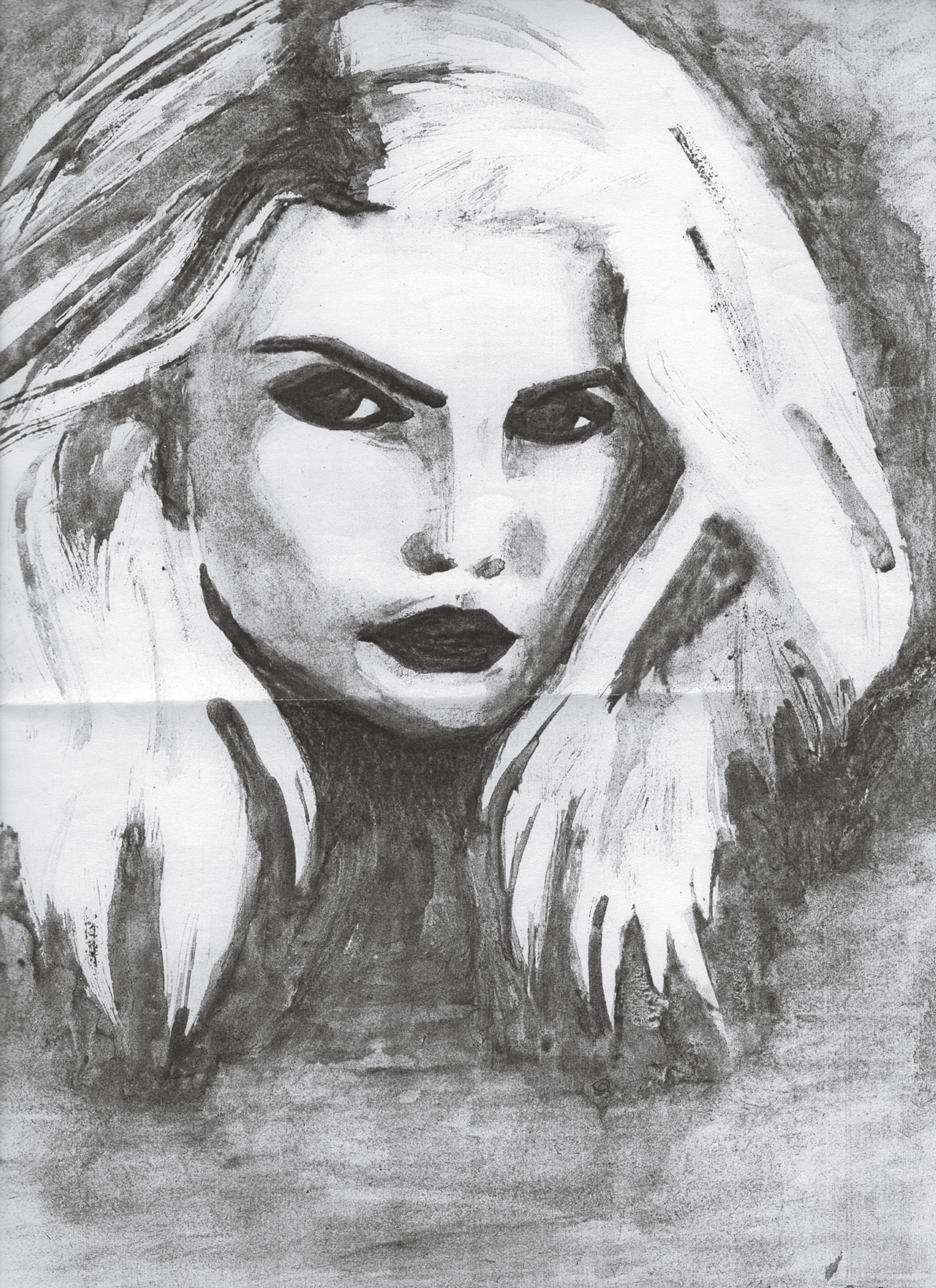
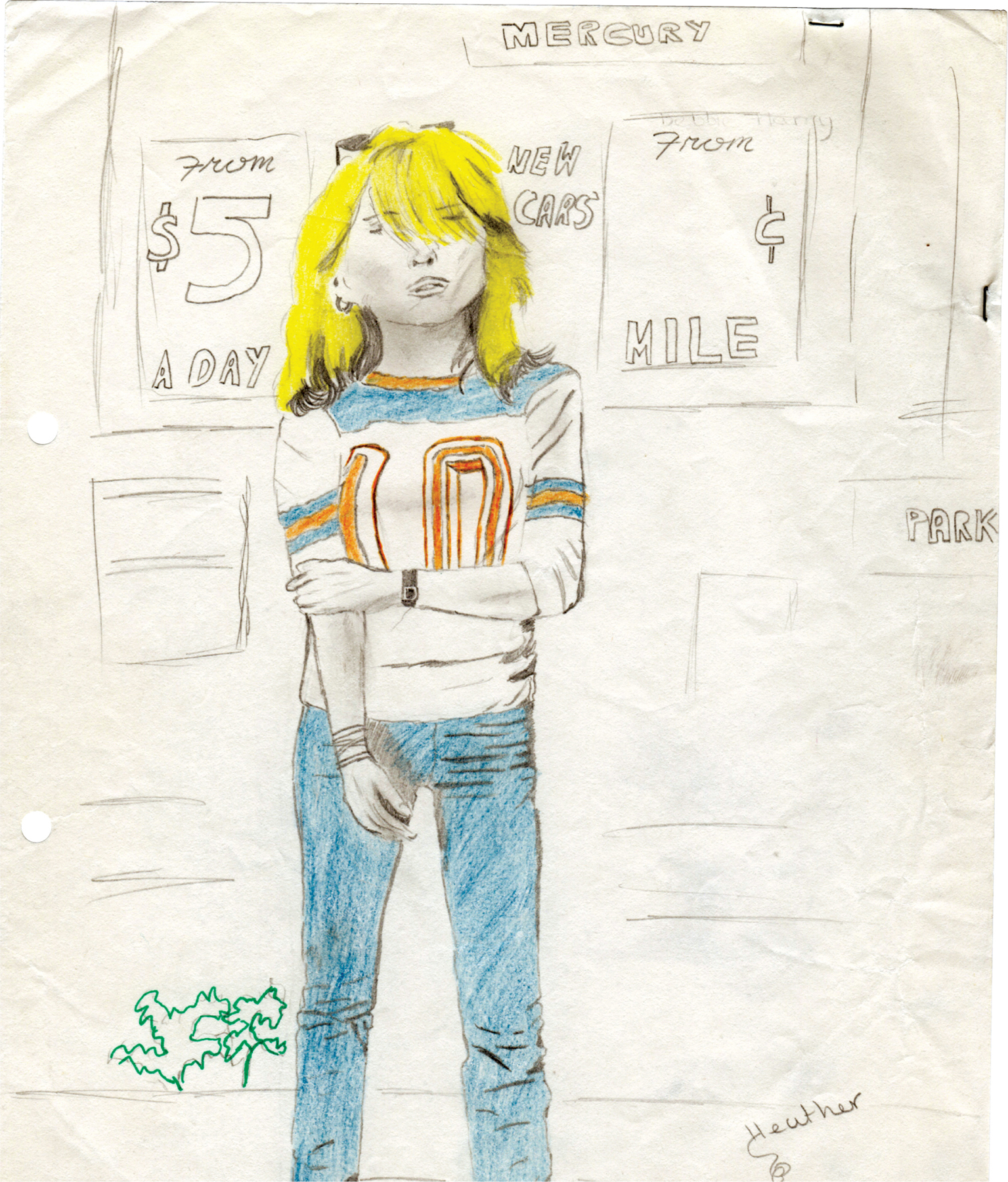
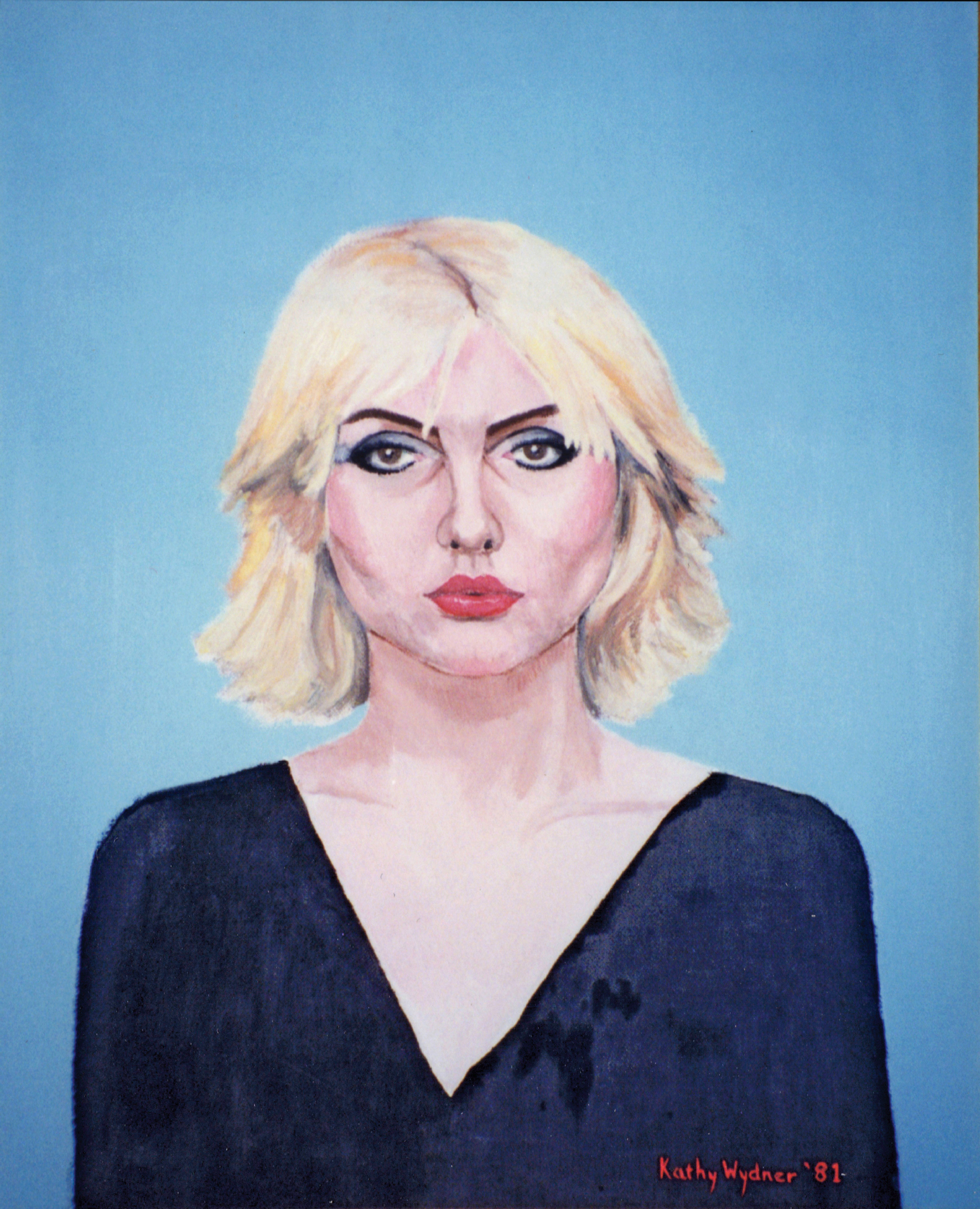
4
Singing to a Silhouette
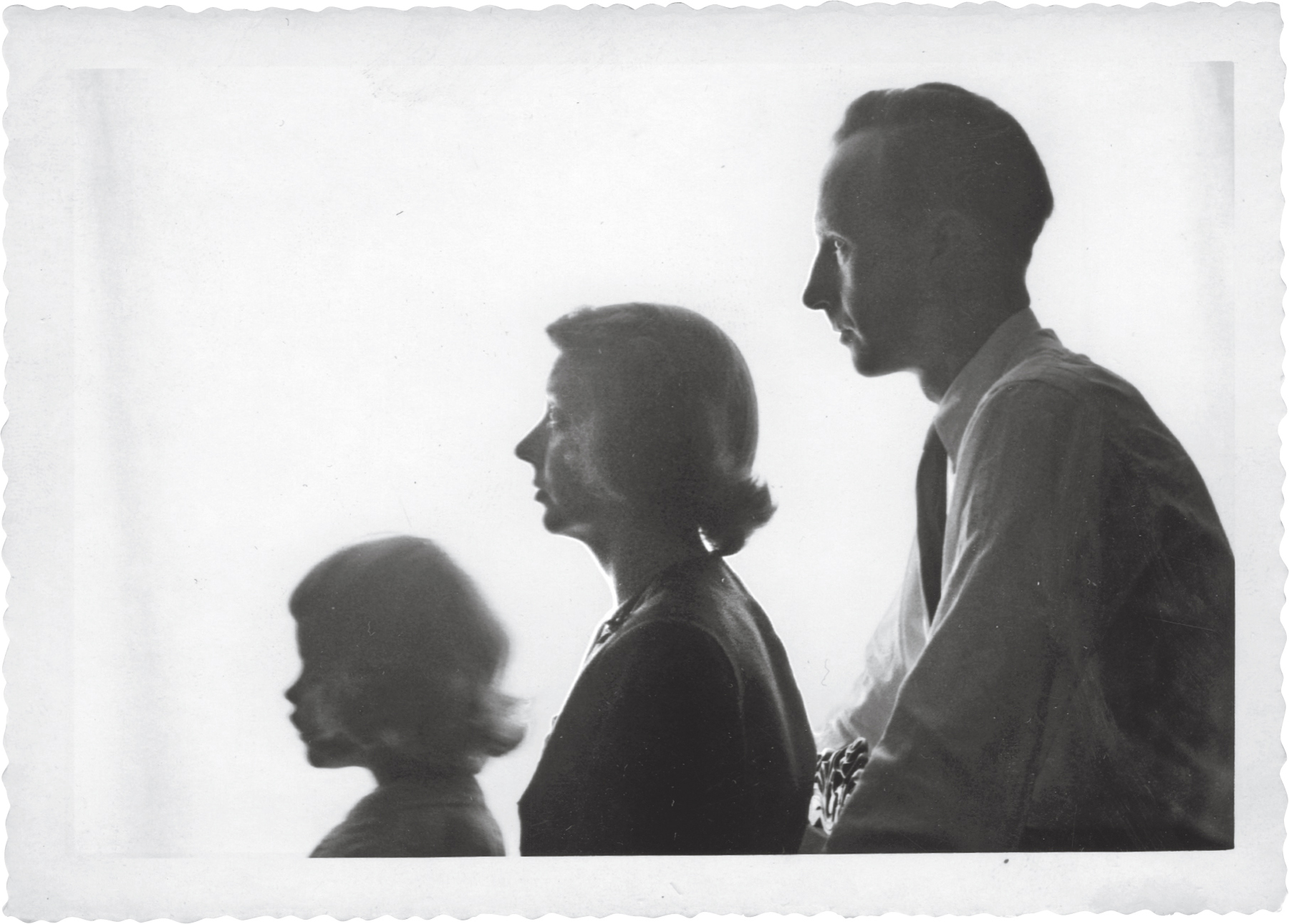
Childhood and family photos, courtesy of the Harry family
Coincidence . . . Coincidence came calling for me big-time in the early seventies. Coincidence: it’s supposed to mean just these random, disconnected events that concur or collide. But coincidence is not that at all. It’s the stuff that’s meant to be. Things that are supposed to be drawn together, as if by some extra-earthly magnetic force. Things that connect and become woven and then shoot off to form previously unimagined combinations. Small changes that tumble into a fresh dynamic—as coincidence and chaos give birth to a new creation. Coincidence: the “divine intervener” that pushes us to make happen what was always supposed to happen . . .
Nineteen seventy-two. Well, I was still in New Jersey and living with house painter Mr. C, but I’d drive into the city for my social life. I missed the downtown scene that I had dropped out of for a while. Seeing bands was a good way to meet people and make connections. One of my favorite things was to go see the New York Dolls. They were so exciting to watch. They were a real rock band. Their influences were Marc Bolan, Eddie Cochran, and many others, but they were so New York. They were straight but they dressed in drag, at a time when the cops were still raiding gay bars. They were ragged and raunchy and uninhibited, strutting, swaggering about in their tutus, leatherette, lipstick, and high heels.
The first time I saw them was at the Mercer Arts Center. A labyrinthine place with lots of different rooms, it was built as an annex to the much-neglected, ancient, and very run-down Broadway Central Hotel. It opened near the end of 1971 and closed less than two years later when the hotel actually collapsed, taking the arts center with it. But for that short time, it had its own scene that was fun, cool, and influential. Eric Emerson used to play there with his band the Magic Tramps. They were the first real glitter band in New York, very visually exciting. Their roadie and occasional bass player, who was Eric’s roommate for a time, was a young guy from Brooklyn named Chris Stein. But we hadn’t met each other yet.
I had a big crush on David Johansen, who I thought was just fantastic. I made it with him once. He shared an apartment with Diane Podlewski, who always came into Max’s after midnight. They were the most interesting-looking people and just stood out; they were stunning. These were the night creatures and they fascinated me.
I can’t remember how, but I became friends with the Dolls. Since almost nobody in downtown New York had a car, I would sometimes drive them around. I remember one time that the Dolls wanted to meet with Paramount’s head of A & R, Marty Thau, who lived upstate, but they said they had no way to get there. My father had a huge turquoise Buick Century, so I borrowed it—this boat on wheels . . . I had the entire band and some of their girlfriends in the car—all so skinny, they were able to squeeze six across the backseat and four across the front.
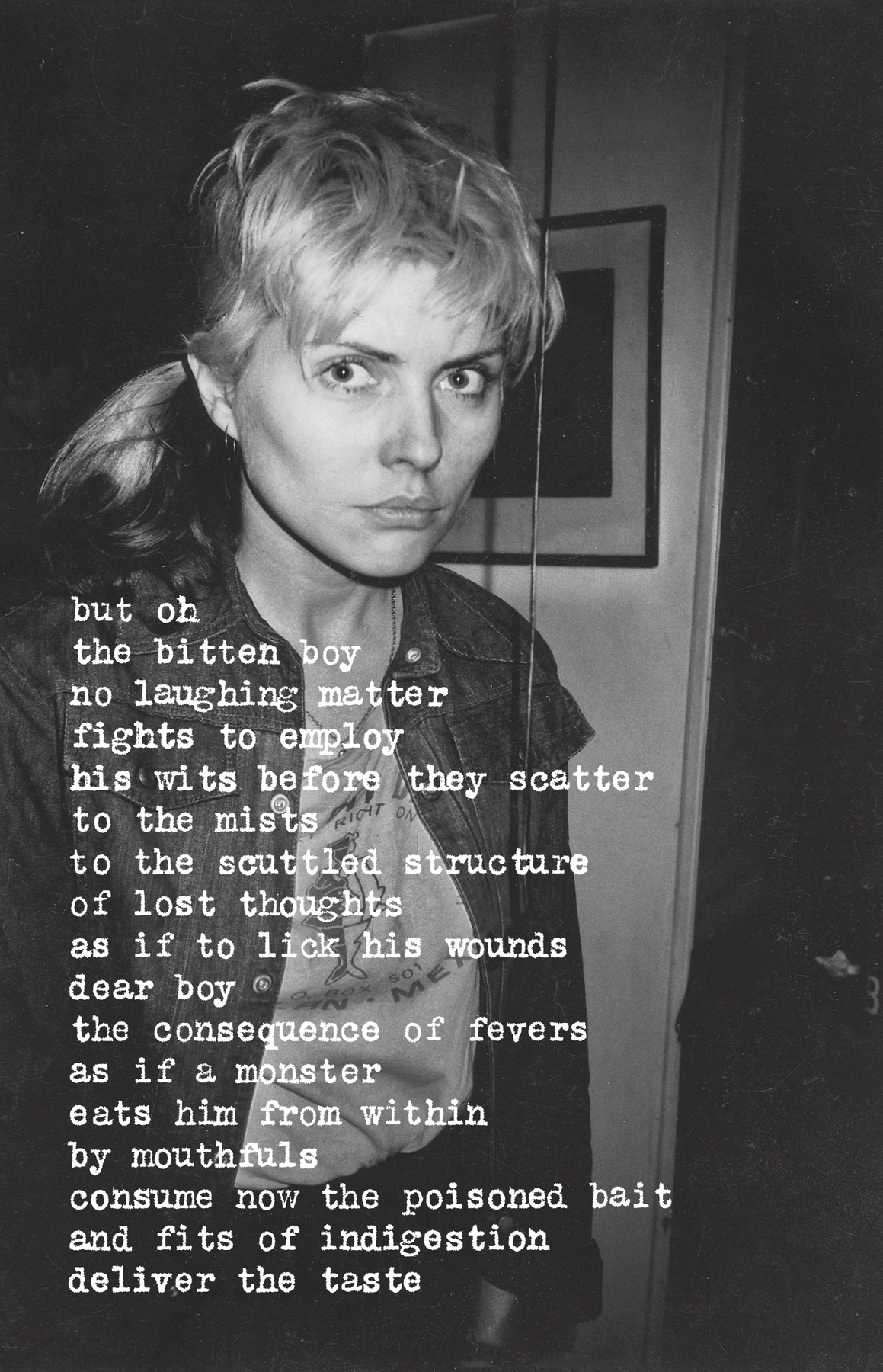
Bobby Grossman
Well, the car broke down. My father had warned me not to use the AC, because the alternator regulator wasn’t working. But it was a blazing-hot day. So I used the AC and the car went dead. So there we were, plomped at the side of the road—we didn’t have cell phones in those days—when the police pulled up. When they saw all of us with the hair and the clothes and the makeup they didn’t say a word. The car had to be towed and repaired. I don’t know how I paid for it because I didn’t have any money or a credit card. But somehow we got the car going again and I managed to get them to their meeting with Marty.
Turns out that trip was worth all the hassle. Shortly thereafter, Marty quit Paramount to become the Dolls’ manager.
Mr. C did not like my disappearing to New York at all. He was one of the many people at that time who were afraid to go to New York City. Their idea of New York was that it was filthy and dangerous, full of no-go areas and rampant crime. There had been a massive white flight to the suburbs. Times Square belonged to the dealers and hookers; a trash-strewn Central Park was plagued by muggers and rats. The city couldn’t pay its workers. No one with money would venture below Fourteenth Street. However the upside was all these abandoned buildings, which were a magnet for artists, musicians, and freaks. But I think what really pissed Mr. C off most about my going to the city was that I wasn’t under his control.
I don’t remember exactly how I met him—maybe at the health club where I was working. I was living in one room in a small rooming house and he said he could help me get a place in the garden apartment complex near where he was working. He had his own business painting buildings and two men working for him. He introduced me to the people in the office and I rented an apartment. It was nice, not fancy, but there were three rooms with a full bathroom. It was on the ground floor and the rooms had French windows that opened onto a small parking lot that was bordered with trees. I am a sucker for French windows. That’s sort of how we became friends and then we started seeing each other. Sometimes I stayed at his place, but it got weird pretty quick. I think that he had been treated badly by other girlfriends, so he was extremely possessive and paranoid.
Every Sunday, I would go and see my paternal grandmother in Paterson. She lived alone now that both of her sons, my father and uncle, had moved so far away. My other grandparents had passed so I thought I should see her. One such Sunday, Mr. C followed me. He didn’t believe that I was actually at my grandmother’s. He barged into the house and there she was, my eighty-nine-year-old grandmother, a very well-mannered lady, saying, “Oh, Debbie, there’s someone here for you.” He sat there for a while and then he excused himself and left. Afterward he said to me, “You’re a good girl, Debbie, you’re a good girl.” Who was this jerk? That was the end of that. I broke up with him. I tried to do it nicely, but it did no good at all. He called me day and night, at all hours, at home and at work. He came to Ricky and Johnny’s, the hair salon where I was working, to curse and threaten me. He followed me home when I left. He was a violent and vitriolic man with a very hot temper. He also had weapons. I was sleepless and jittery and my nerves were shot. So I would drive to the city and see the Dolls because they were sexy and playful and so much fun.
I figure now that what attracted me so much to their shows was that I wanted to be just like them. In fact, I wanted to be them. I just didn’t know exactly how to get it rolling. Because at that point there really weren’t any girls doing what I wanted to do. There were girls of course—Ruby Lynn Reyner, Cherry Vanilla, Patti Smith (who was just doing poetry then)—but overall there weren’t girls leading rock bands.
One night I went to see the Dolls play upstairs at Max’s and there was this girl slouched down at one of the tables. Her name was Elda Gentile. She had a son with Eric Emerson and she lived with Sylvain Sylvain from the Dolls for a time. It really was an incestuous little scene. Elda said that she had a group—it wasn’t a “band,” she insisted that it was a “group”—called Pure Garbage that she had put together with Holly Woodlawn. Holly was another of Warhol’s superstars, a glamorous transgender actress from Puerto Rico. She had starred in the movie Trash, along with Diane Podlewski and Joe Dallesandro, and she took over from Candy Darling in the Jackie Curtis play Vain Victory. Holly, Candy, and Jackie all had starring roles in Lou Reed’s song “Walk on the Wild Side.”
They were like living art, which seemed to be the whole concept at that time. Originally outcasts, the Holly Woodlawns, the Jackie Curtises, and the Candy Darlings were starting to claw their way aboveground, as was the whole gay/trans scene. At the core was Andy Warhol, making all those fantastic movies with Paul Morrissey. Plus there was Divine doing her off-Broadway plays; underground theater like the Theater of the Ridiculous; and the Cockettes, with Sylvester and the Angels of Light, showing up from San Francisco. All of these things popping at the same time—all interconnected and producing all kinds of creative combinations.
Well, I was really curious to see this group of Elda’s, so I got her number. A week or so later, I called to ask when they were playing next. She said, “Oh, the group broke up.” I saw my opportunity, saying, “Oh. Well let’s form another group,” and she said, “Okay, I’ll call you.” I waited a bit and called her again and this time she said, “Well I know another girl, Roseanne Ross, she might be available and the three of us can make a trio.” “Great,” I said.
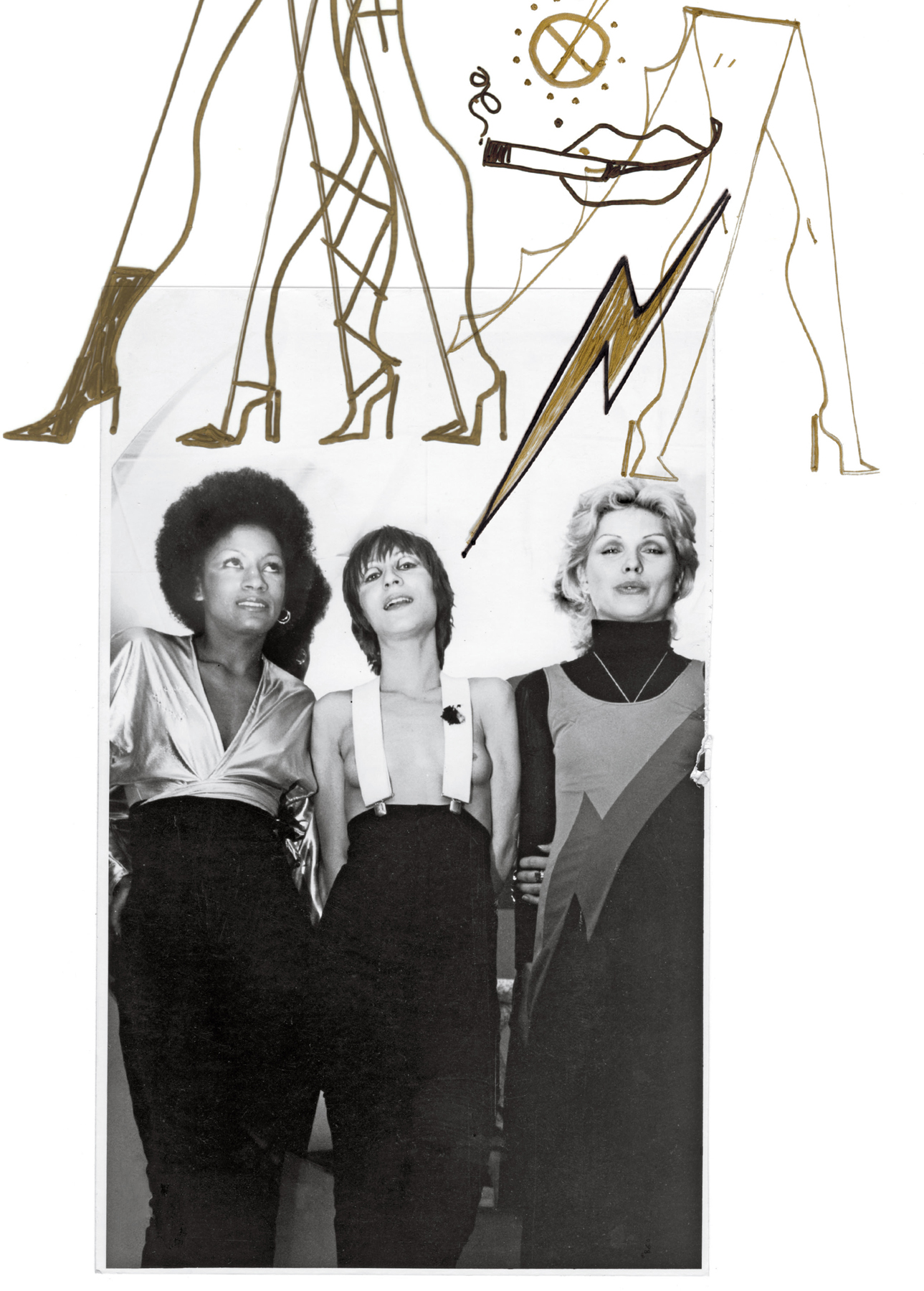
Amanda, Elda, and me . . . Stillettos.
Chris Stein
Jody Morlock
So, I started going back and forth to rehearsals and the Stillettoes began to take shape: three lead singers, all girls, and an all-male backup band. Musically, it was a real mishmash, a little bit campy show tune, a little bit girl group, a little bit R & B, and a little bit glitter rock; all of us were enamored of the Dolls. We were all very different characters too. Roseanne, who was into blues and R & B, was this Italian girl from Queens, a lesbian and a feminist, very angry at the way women were treated. Elda, who was into cabaret, was this intense, loud, wildly exploding personality. I was into more straight rock songs and I was God knows what at that point, but I was determined to figure it out. And at the very same time as this was going on, I was living in this nightmare because of my stalker and his endless bombardment of calls.
I came home to my apartment one night after working at the salon and I noticed something was off about the fucking French windows. The slider rods and locks were all broken so that the windows couldn’t be closed or locked. I thought there had been a break-in but there was nothing missing. Somehow I got those damned windows closed and locked—being on the ground floor I had to—and I made sure all the other windows were locked as well. I was jittery and on edge, but after I settled down a little, I went into the back bedroom to watch TV.
That night Mr. C broke the bedroom window and jumped into the room so fast that I didn’t have time to leap off the bed or call 911. When he burst through the window, his face was bright red and he had this twisted, crooked smile. He looked like one of those Japanese demon masks with the bared fangs and bulging eyes. And he had a handgun . . . My heart was hammering triple time—but the rest of time stood still. I felt as if the room was suspended in a thickness—time had congealed. He was waving the revolver at me and screaming, “Where is he, Debbie? Where is he?” I said, “There’s no one here.” He pulled open the closet door with such force that one of the hinges flew off the door frame. Then he rampaged through the other rooms, searching for the “other man.” When he couldn’t find anyone, he came back to the bedroom. He slapped me a few times, which scared me good enough, and then he sat on the bed for an hour or so, crouched up and menacing. At one point, he stuck the pistol against my cheek and tried to force himself on me. His threats had come to life.
When he finally left, he muttered that he would repair the windows the next day. I knew I had to get out—fast. I had been rehearsing and playing with the Stillettoes for a month or so by then and Roseanne said there was an apartment that was vacant above hers, on Thompson Street in Little Italy. So I rented it and got the hell out of Jersey, for the second time in my life. I still kept my day job at Ricky and Johnny’s salon and I reverse-commuted every day from the city to New Jersey. But Mr. C kept on calling the salon, tying up their phone, or would show up there in person and harass me so much that my boss, Ricky, whom I knew from high school, said, “Look, if you don’t get him to stop you’re going to have to leave.”
Конец ознакомительного фрагмента.
Текст предоставлен ООО «ЛитРес».
Прочитайте эту книгу целиком, купив полную легальную версию на ЛитРес.
Безопасно оплатить книгу можно банковской картой Visa, MasterCard, Maestro, со счета мобильного телефона, с платежного терминала, в салоне МТС или Связной, через PayPal, WebMoney, Яндекс.Деньги, QIWI Кошелек, бонусными картами или другим удобным Вам способом.




